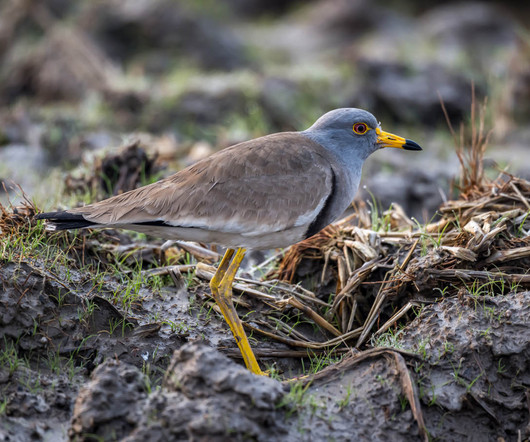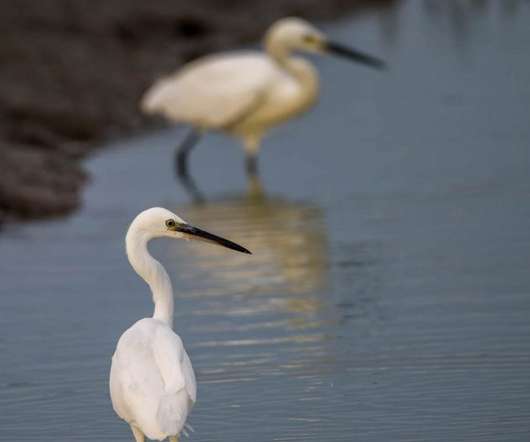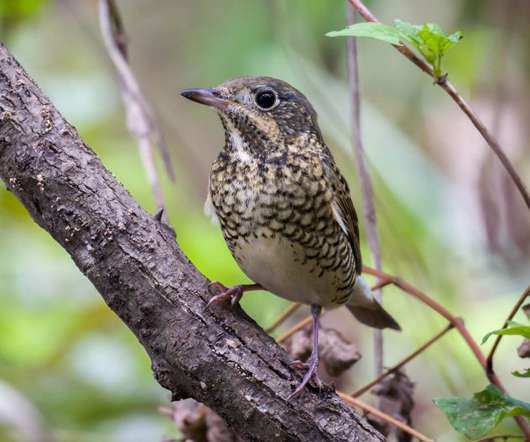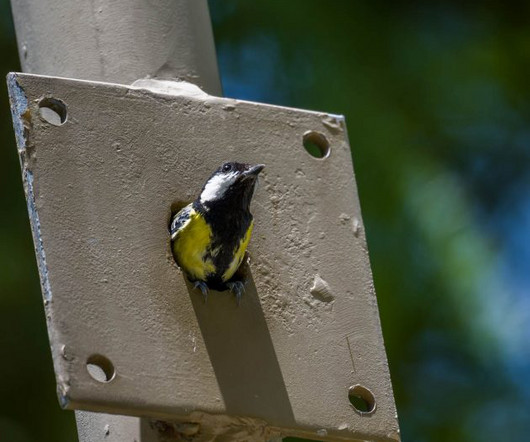Birding Shanghai in March 2024
10,000 Birds
APRIL 1, 2024
in northeast Asia.” It seems to be impressed by the species: “The Verditer Flycatcher ( Eumyias thalassinus ) is a strikingly beautiful bird found in South Asia.” I am sure some people will hate this photo of a Eurasian Hoopoe , framed as it is by human artifacts.












Let's personalize your content